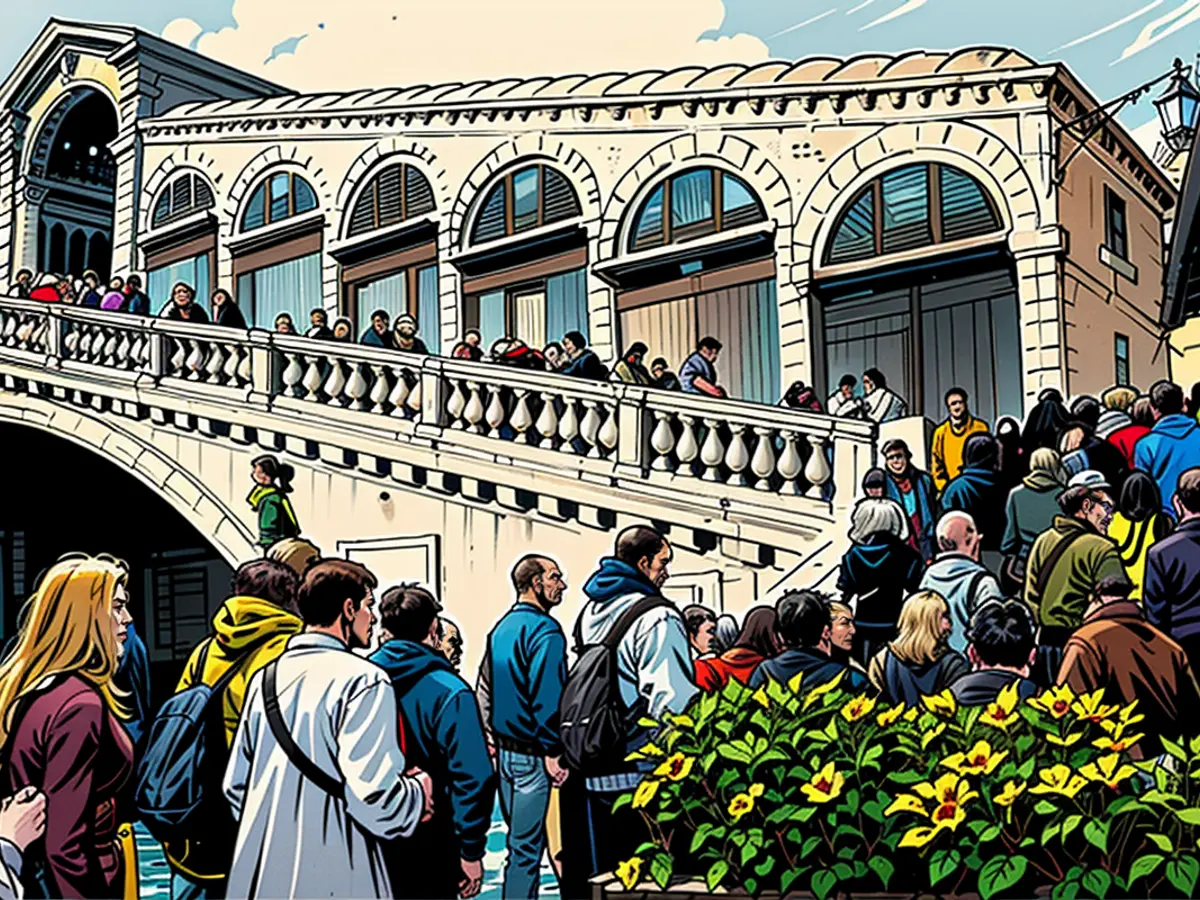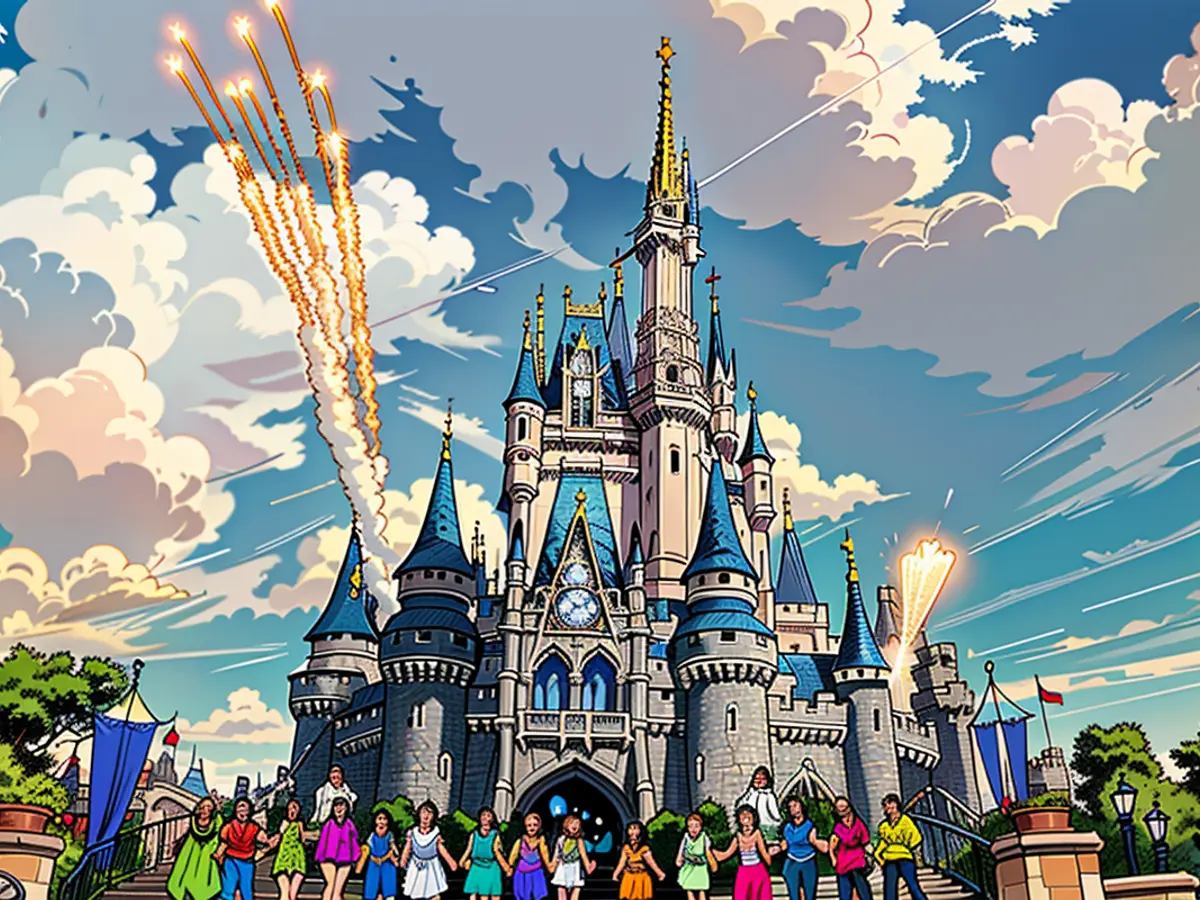Mysteries of the Most Magnificent Budapest Hotel Ever
Around the turn of the 20th century, a stunning Art Nouveau palace was built in prosperous Budapest, quickly earning the title of the Hungarian capital's hottest address. However, following two world wars and decades of neglect during communism, it rose once more in June 2004, this time as the Four Seasons Gresham Palace - a luxurious hotel with breathtaking views of the Danube River.
This summer, the beautiful building, now in its 20th anniversary of its most recent reinvention, is celebrating its transformation into one of Budapest's and possibly central Europe's grandest hotels.
As a period piece of Art Nouveau design in Budapest, the Gresham Palace offers a glimpse into Budapest's past when it emerged as one of Europe's largest cities. The city's unification of affluent Buda on one side of the Danube with rapidly developing Pest on the other, along with the absorption of nearby town Óbuda, marked Budapest's growth.
With the Chain Bridge serving as the main connection across the river, the palace was strategically placed on the Pest side to function as a literal gatekeeper.
Regarding the palace's beginnings, József Laszlovszky, director of the cultural heritage studies program at Central European University, notes that Budapest became a bustling cosmopolitan city after the 19th-century unification of Buda, Pest, and Óbuda: "Buda and Pest, for a long time, were only connected by the Chain Bridge, thus Széchenyi Square at the end of the bridge on the Pest side was one of the most prominent public spaces with Gresham Palace overlooking them both."
The construction of the hotel, completed in 1906, was fueled by love. Dubbed "the palace of hearts," the building is home to numerous heart motifs carved into its structure. Some legends claim that the hearts were lovingly added by the architect, Zsigmond Quittner, in tribute to a future tenant of the hotel. Another more popular theory suggests that the hearts are the result of an intense affair between Countess Irma Széchenyi and Thomas Gresham, the Englishman behind the hotel's funding.
To construct the architectural masterpiece, Quittner and his associate József Vágó were commissioned by the Gresham Life Assurance Company. Together, they created a prime example of Art Nouveau architecture, infused with the avant-garde flair of Vienna and Paris of that era.
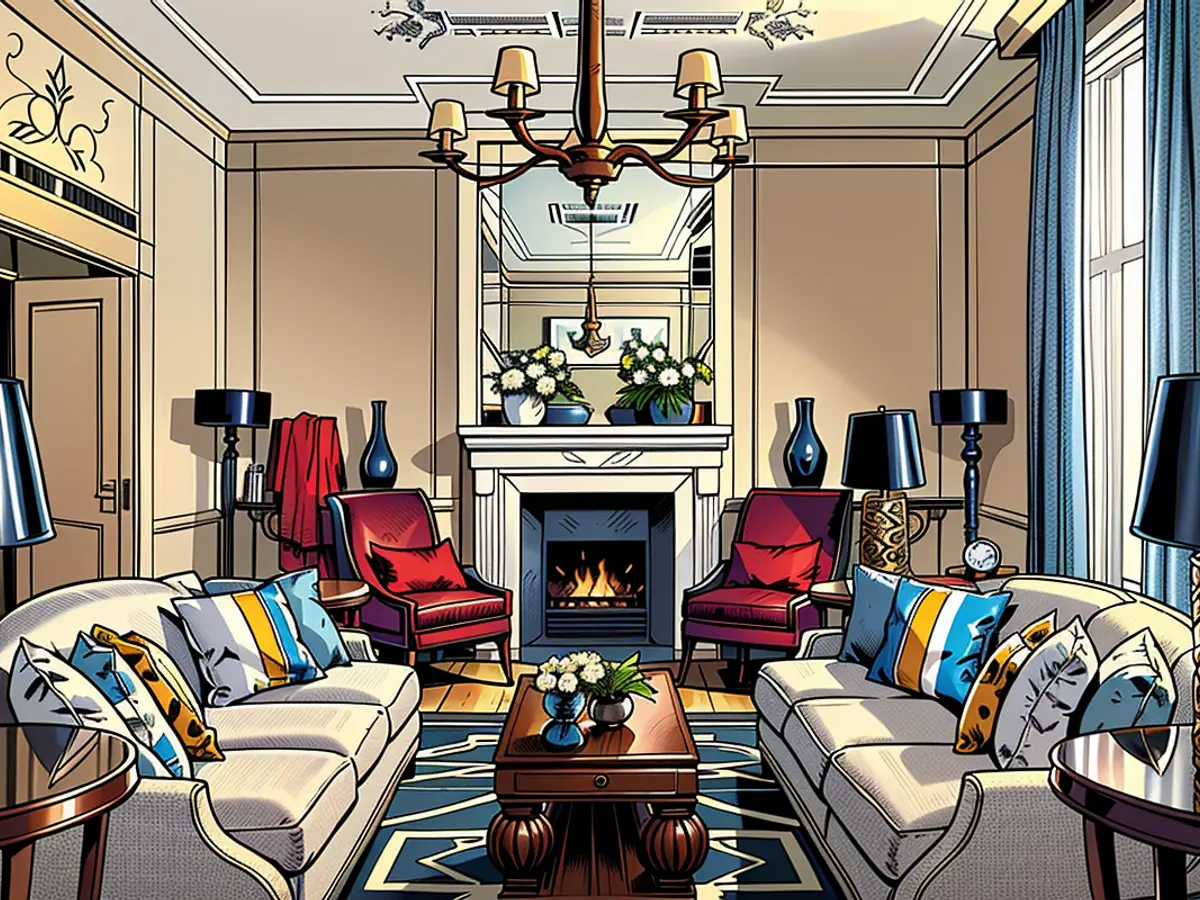
In creating the Gresham Palace, Quittner built a tribute to the grandeur of the powerful Austro-Hungarian empire at the time, adorned with lavish interiors and intricate ironwork. The palace was also an architectural and technological wonder, featuring central heating and a pioneering dust extraction system, as well as a T-shaped shopping arcade with a glass roof - a novel concept in Budapest of the early 1900s.
This legendary structure immediately became Budapest's most desirable address for the wealthy, catering to their luxurious lifestyles, while the ground floor played host to exclusive boutiques and cafes that attracted all who dared to be seen.
During its illustrious history, Gresham Palace served the city as a cultural mecca, housing the renowned Gresham-Venezia Café and the Pódium Cabaret, famed for its satirical and sometimes politically daring performances. As World War II struck, the building suffered significant damage, followed by further deterioration during nationalization under the communist rule in 1948.
"Gresham Palace and its coffee house were famous among artists and collectors," explains Laszlovszky. "The so-called Gresham-circle was an informal but crucial artistic meeting space before the war. Members included well-known painters and sculptors like Róbert Berény, Pál Pátzay, Béni Ferenczy, József Egry, and István Szőnyi."
After languishing in neglect for years, Four Seasons embarked on a 3-year project in 2001 to restore the palace to its former glory. A team of prominent Hungarian architects, interior designers, and craftsmen was assembled to revive the palace's original splendor while incorporating modern amenities for a luxurious stay.
Gy mum Kruppa served as the architect in charge of the palace's complete restoration, alongside restoration artist Miklós Szenkirályi. With their vision and talent, the Gresham Palace was reborn as a splendid, modern hotel with a touch of ancient grandeur, ready to offer guests a truly unforgettable experience.
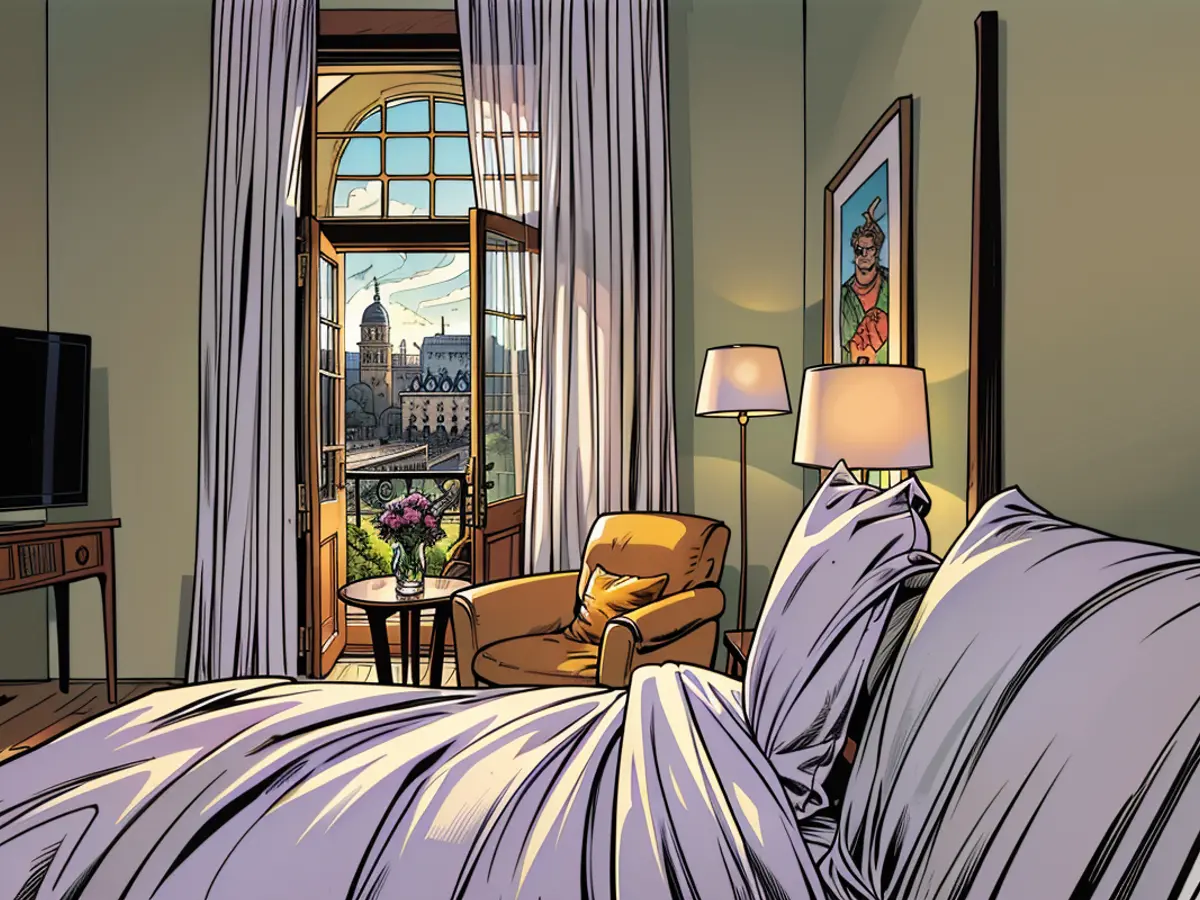
"There's a fascinating backstory behind the Four Seasons Hotel Gresham Palace in Budapest," Szenkirályi once shared about the venue. "It involves a team of highly talented specialists from various crafts working tirelessly for countless hours to transform this stunning Art Nouveau architectural gem into a brilliant precious stone."
"The Gresham Palace has now been reborn as a stunning symbol of harmony and a show-stopping beauty, harmoniously complementing the city's Chain Bridge."
Ever since its reopening in 2004, this hotel has become a haven for travelers, with its 179 well-appointed rooms and suites offering mesmerizing views of the Danube or the bustling cityscape. Speaking to CNN Travel, the hotel's General Manager, Thibaut Drege, said, "Gresham Palace is one of Budapest's most memorable attractions. Its unique location and unparalleled design make it a significant part of what Budapest offers to any tourist looking to explore the city."
"The fact that Four Seasons renewed this gem stands testament to its long and rich history. Presently, it showcases an era when Budapest was known as a top destination for an elite group of European travelers. And with an increasing influx of high-end tourists today, Budapest is regaining its status as a sought-after travel destination."
Other than luxurious accommodations, the hotel houses some of the finest dining and relaxation options the city has to offer. KOLLÁZS is one such gem, a modern French brasserie adorned with a grand setting. It features an extensive wine list showcasing delicious local Tokaji wines, exquisite artisanal cocktails and an exclusive menu crafted by the renowned Executive Chef Árpád Győrffy—one of Hungary's leading culinary talents.
MÚZSA, on the other hand, is a hip spot offering crafted cocktails, an Asian-inspired menu and a vintage atmosphere, transporting visitors to Budapest's golden age. It also hosts cultural programs with live ballet performances and musical events.
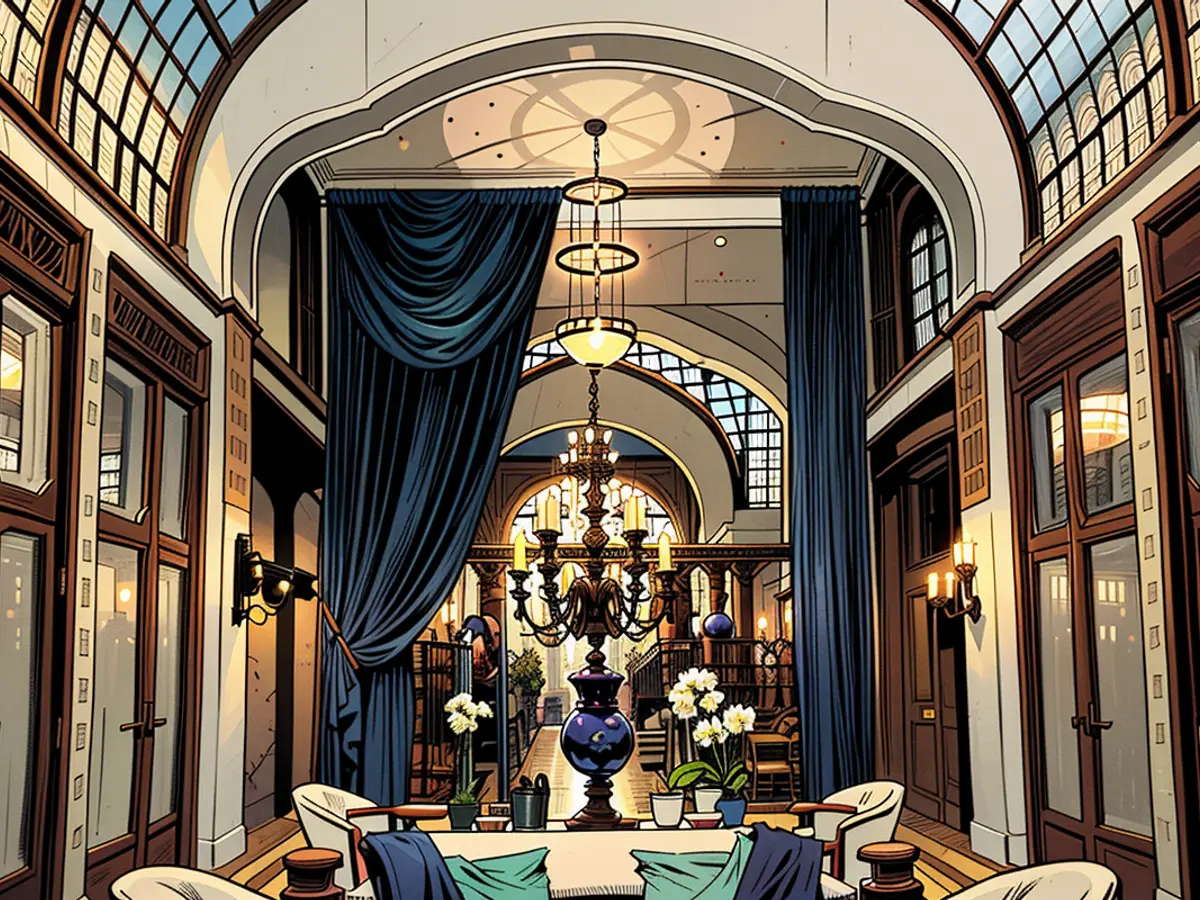
Budapest is known for its world-class spas, and the Four Seasons Hotel Gresham Palace has one that's no less than luxurious, outfitted with saunas, steam rooms, a relaxation pool, and a signature 'Hungarian Moor Mud' treatment, which has been embraced by A-listers from Hollywood.
Read also:
Travelers seeking a luxurious stay in Budapest can book a room at the Four Seasons Gresham Palace, which is now celebrated as one of the city's grandest hotels and a highlight of central Europe's historic architecture. The hotel, strategically located on the Pest side of the Danube River, offers easy access to the city's renowned attractions, including the Chain Bridge.
When planning a trip, travelers might consider staying in a Budapest hotel like the Four Seasons Gresham Palace, known for its rich history, stunning Art Nouveau design, and convenient location for exploring the city's attractions, such as the Chain Bridge.
- Fear of escalation in the Middle East: US Secretary of State Blinken travels to the region again
- Government circles: US Secretary of State Blinken to travel to Middle East again
- Bridging days 2024: How you can double your vacation this year
- Germany has wanderlust: how tour operators and airlines are looking ahead to the next travel year



